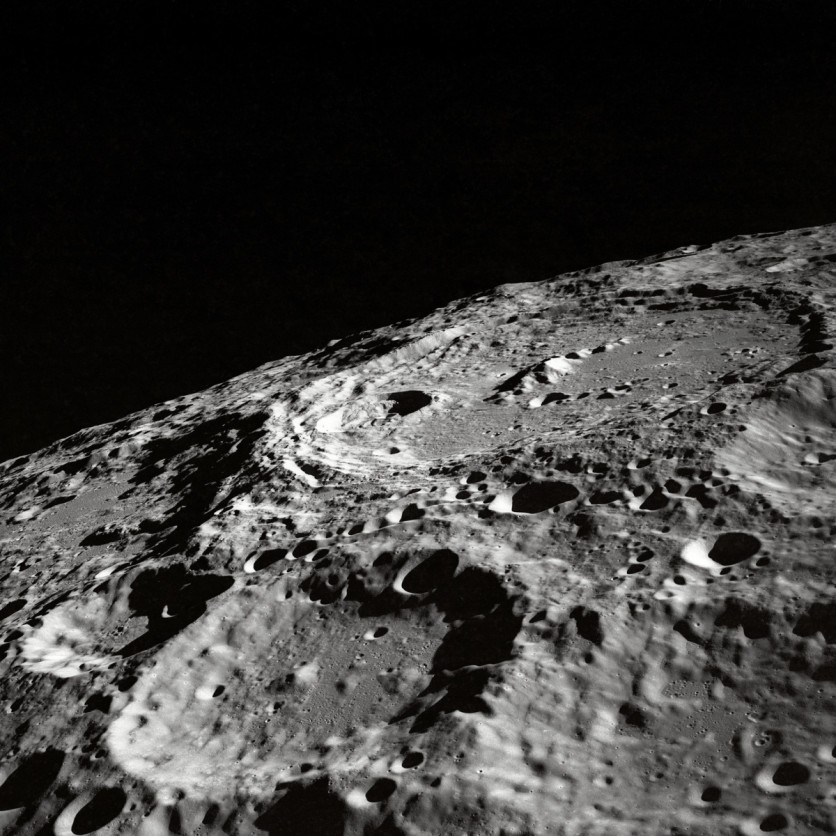As part of its upcoming Artemis lunar mission, NASA is about to explore the mystery behind the volcanic mounds existing on its surface.
The so-called formation dubbed "Gruithuisen domes" is discovered in the northern part of the moon, particularly in the Gruithuisen crater.
NASA to Venture Volcanoes on Moon

Per The Jerusalem Post's report, the lunar volcanoes are said to come into two classifications. The first mound is the Mons Gruithuisen Delta, while the second one is the Mons Gruithuisen Gamma.
According to the experts, these mounds appear to look like lunar domes, resembling the usual volcano that we see on Earth.
Moreover, these formations are created by silica-rich magma. According to the report, this is the start of the mysterious origin of the mounds. Since silica magma is not present on the Moon, there's no way that these lunar volcanoes can be formed in the region.
To explain it further, the Moon does not consist of any water and plate tectonics, the two essential things needed to create these formations. It's understandable why there are many volcanoes on the Earth since their ingredients are present on the planet.
As of writing, NASA is still finding an explanation behind this exploration. Sooner, we could hear a thing or two about them from the space agency.
Upcoming Lunar Mission
In the first place, the Gruithuisen Domes are still shrouded with mysteries as to how they are formed on the Moon. According to NASA, studying them can help them carry out future missions using robots and the like.
"There's potentially a treasure trove of knowledge waiting to be discovered, which will not only help us inform future robotic and human exploration of the moon, but may also help us better understand the history of our own planet as well as other planets in the solar system," Donaldson Hanna, a scientist from the University of Central Florida said in a statement.
Speaking of the Artemis exploration, NASA is preparing to deliver the moon explorer LUNAR-VISE on its way to Earth's natural satellite in 2026.
CNN reported that the presence of the ancient volcanic eruptions could potentially spew out water vapor on the lunar surface. According to a co-author of the study behind this, there's a chance that it can settle on the surface and create ice layers that can be found in the craters.
Following the Artemis mission, NASA thinks that the ice is sufficient to supply drinking water for the citizens. Additionally, this could also be used as fuel for the spacecraft during the lunar mission.
Previously, the researchers said that the past studies claimed the presence of ice in the north and south poles of the Moon. This led to the possibility that the water content on the Moon might have been bigger than previously thought.
This article is owned by Tech Times [Not affiliated with Tech Times[dot]uk]
Written by Joseph Henry




